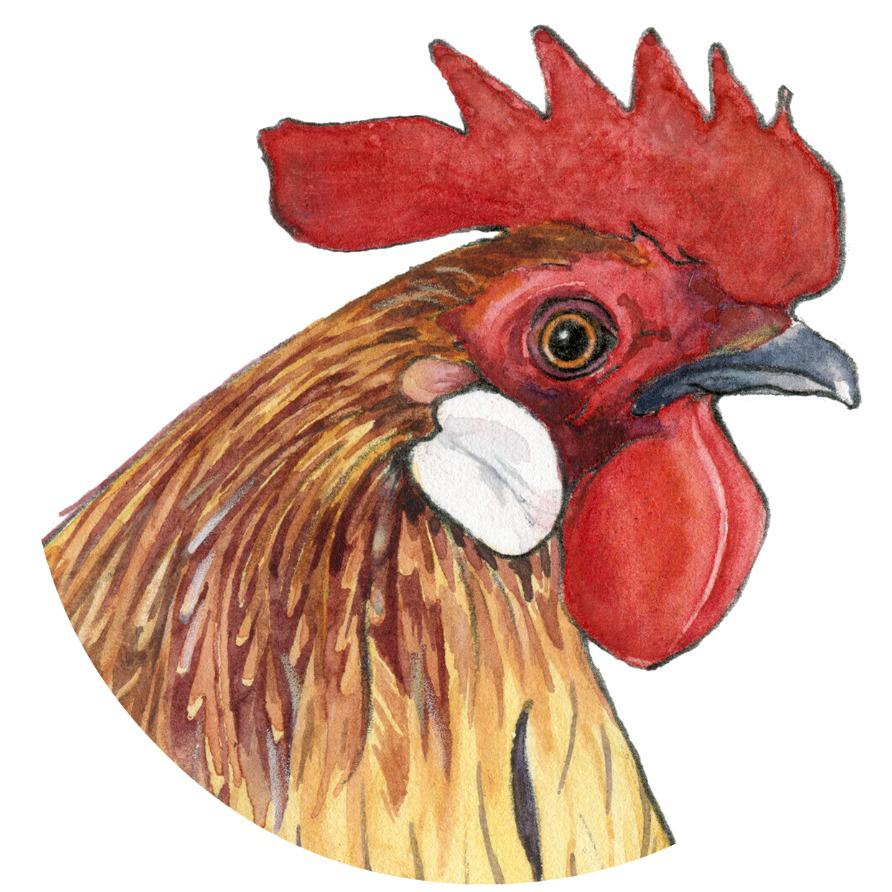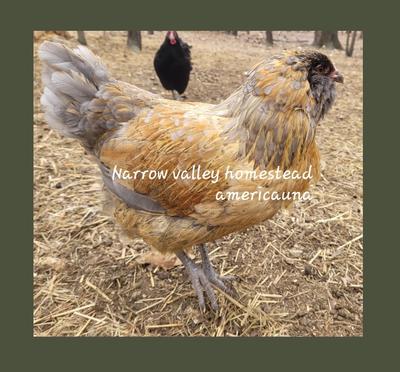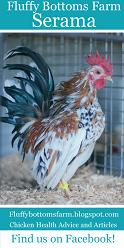NPIP Diseases
Researched by Lisa Vaughn
The 4 poultry diseases that are tested for during an NPIP inspection.
(Some states do not test for all of these diseases, some may only test
for Pullorum, but you can ask your inspector about testing your birds
for all of these, in Georgia it is normal routine to test for all of
these at each inspection.)
Pullorum
Disease is caused my Salmonella pullorum. It has very high mortality
rates for young birds and can also kill adults. It was once very common
but has nearly been eradicated. Transmission is through the egg, direct
and indirect contact. If the egg has been infected, via the hen having
the disease, then death usually occurs within the first few days of life
and up to 2-3 weeks after hatching. Affected chicks seek and huddle
under a heat source, don’t eat, appear sleepy and will have whitish
colored droppings caked up around the vent. Any that survive will become
carriers and can pass the disease to their offspring. There are
currently no antibiotics approved to treat infected flocks.
Avian
Influenzas (Bird Flu) are caused by orthomyxoviruses. This disease is
zoonotic, meaning that some forms are transmissible to humans. Many
wild birds carry this disease in a form that does not cause illness.
Domestic birds can contract the disease from wild birds and get
extremely sick, to the point of death. Some forms have a mortality rate
of nearly 100% and can kill an entire flock in as little as 48 hours.
For more information you can visit the CDC’s page on Avian Influenza.
M.
Gallisepticum and M. Synoviae are both Mycoplasmas. They are bacteria
but they are very unique in that they lack a cell wall and must have a
rich medium containing serum to grow. This can make them different to
treat as most antibiotics work by destroying the cell wall. They do not
live very long outside of their hosts; usually no more than a few hours
or days. They are vulnerable to most disinfectants.
M.
Gallisepticum is a chronic respiratory disease in chickens and an
infectious sinusitis in turkey. Other avian species are also susceptible
to infection. It is the most pathogenic of the Avian Mycoplasma. It is
found worldwide. It can be transmitted via direct and indirect contact
as well as through the eggs of infected individuals. The infection may
be dormant in the infected, hatched chick for days to months, but when
the flock becomes stressed aerosol transmission occurs rapidly and
infection spreads through the flock. The infection can also be carried
on the clothing or boots of a person from an infected flock to a clean
flock. This is why Biosecurity is very important. In many flocks the
source of infection cannot be determined. Once infected, birds remain
carriers for life. Infected birds may show no apparent symptoms or have
varying degrees of respiratory distress, slight to marked rales,
difficulty breathing, coughing and or sneezing. Infection rates are
high, but death rates are low in uncomplicated cases. There may be nasal
discharge along with frothiness in the eyes. The disease is generally
more severe in turkey than in chickens. Infected birds may fail to reach
peak laying ability, while broilers may not gain weight as normal.
Treatment with tylosin, oxytetracycline or erythromycin is affective,
among other antibiotics. Antibiotics are usually given via the feed or
water for 5-7 days. There is a vaccine, but it must be approved for use
by the state veterinarian.
M.
Synoviae occurs most frequently as a subclinical infection of the upper
respiratory track. Chickens and turkeys are the primary carriers but
ducks, guinea fowl, geese, parrots, pheasants and quail are susceptible.
It can be transmitted through the egg, but the rates are very low. The
risk of transmission via eggs is greatest the first few weeks after
infection of the hen. Transmission via direct and indirect contact is
rapid. Symptoms can include slight rales, but generally no signs are
seen. Outbreaks generally occur in young birds, those about 4-6wks. The
disease can cause tendonitis and bursitis, and some birds may sit,
become depressed and generally stay close to the feeders and waterers.
Swelling of the hocks and foot pads may be evident. These symptoms are
generally only seen in severely affected birds. The mortality rate is
very low, less than 10% in most cases. Treatment is with one of the
tetracycline antibiotics.
Both
M. Gallisepticum and M. Synoviae are respiratory diseases of chickens.
I wanted to point out that they have the possibility of being
transmitted through the egg, in the embryo. So you can buy chicks or
hatching eggs and possibly bring these diseases into your flock. Your
birds will be carriers for life once they have contracted these
diseases. There is a chance that when your birds become stressed they
will develop the symptoms of these respiratory diseases. There is also a
chance that when you bring new birds into your flock they will contract
these diseases and may become sick.
What can we help you find? Search the website:
What's New Around Here?
-
AR - Narrow Valley Homestead-BBS Ameraucana hatching eggs & chicks
We offer hatching eggs, chicks, & may sometimes have hens/roosters for sale. We are located in Harrison, Arkansas and you can find us on Facebook! https://www.facebook.com/narrowvalleyHOMESTEA -
NY - Bantam Salmon Faverolle Eggs For Sale
One dozen+ eggs ($60+shipping). Eggs are from the same line that won BV and BB at the 2024 NE Poultry Congress in Spring MA. No older than 7 days prior -
Wanted: Exchequer Leghorns
I'm located in Maine and want quality birds or hatching eggs. The best way to reach me is by email at vanesa1984maine@gmail.com Thanks!











